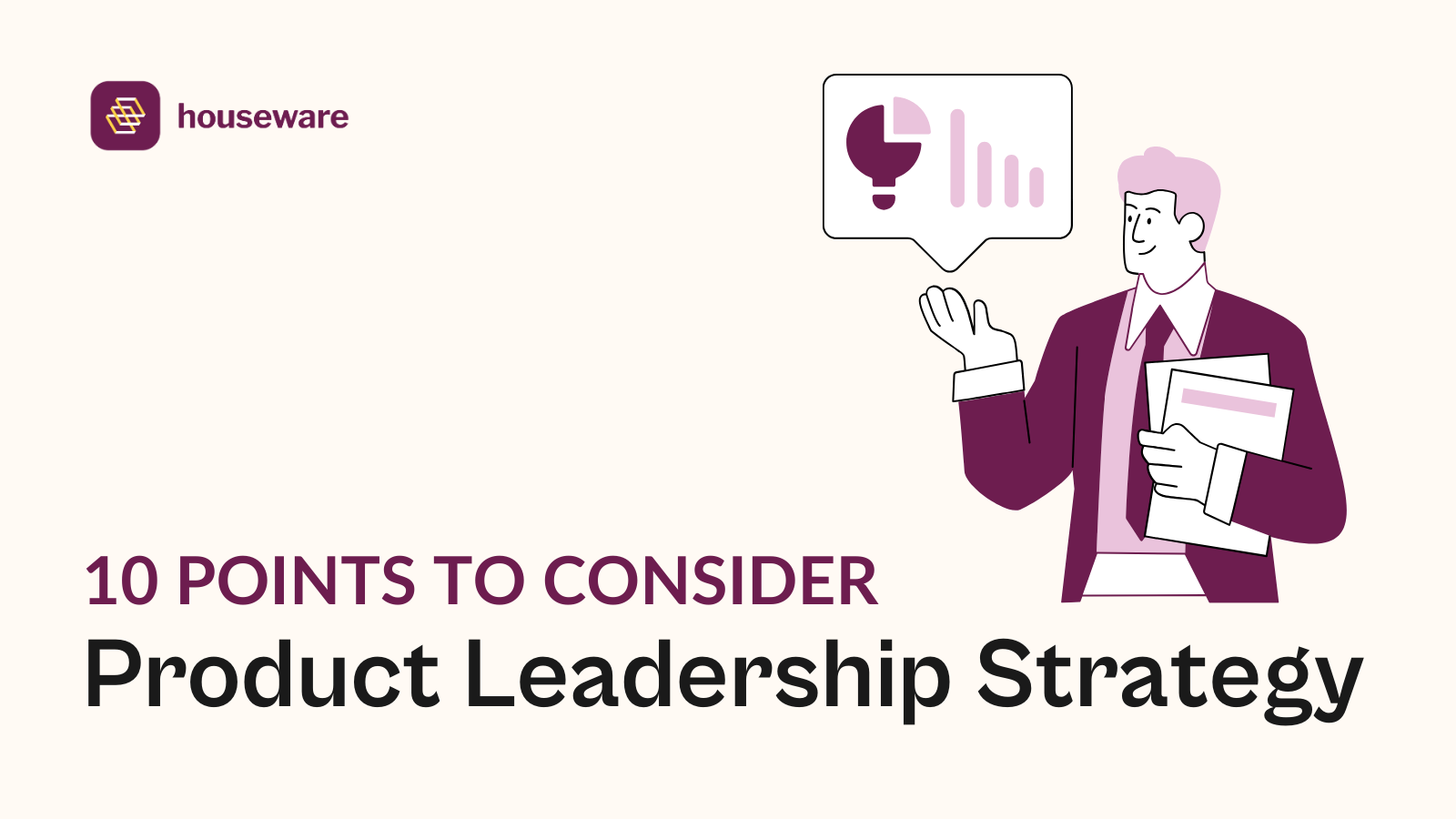The right way of asking your users for feedback

yours!) in asking them what it is that they’re trying to achieve, what are the ways in which they’re currently solving the problem (in the lack of any standard solutions), and the specific blockers they are facing - this will usually guide the product development more than any direct comments that users can make on your roadmap.
In addition to this, however, one of the most essential parts of qualitative analysis occurs after user research, it is (drumroll, please): brainstorming (duh). Gathering inputs and feedback from users is of course essential, but it also needs to properly inform downstream functions like marketing, sales (and of course, product) on how they need to drive their operations. Enriching the user’s context in the problem and solution that your product provides is the most important outcome that qualitative user research can drive.
Instead of asking, just watch
In addition to talking to users, you should also watch how they interact with your product. While talking gives you a sense of what users want to achieve, analyzing their actions gives you an objective view of how easily they are able to interact with your product and satisfy their goals.
Asking for insights from users only gets you so far, in order to get specific, actionable indicators on how your product is being used you need to talk to your users and visualize their journey through your product. Check out our guides on product analytics and product flow analysis to find out more about how you can do it.
It is essential to remember that you don’t do analysis just for the sake of it. You do it to trigger downstream actions that can move the needle for your business across different functions in your company. Data is an important driver in enabling such actions. Most SaaS tools, however, create silos for your data instead of enabling different functions to collaborate. This usually happens because of the difficulty of transforming product analytics data into a form that is consumable by non-product functions, like marketing or sales.
At Houseware, we believe that instead of moving your data to work by using point SaaS solutions, your work should come to your data - or more specifically, your data warehouse - the existing central source of truth for your organization. By using your data directly on top of your data warehouse, you gain several key advantages:
- Cross-functional collaboration
- Communicate through your data seamlessly across your organization - by letting users query the information they need, the way they need it
- Lower costs
- You don’t need to pay for costly ETL pipelines, or opaque storage and compute costs
- Shorter onboarding cycles
- You don’t need to wait for weeks (or months!) to connect your data to “the new tool”. Houseware connects directly to your data warehouse and gives you value from Day 1
- Psst… you’ll also have an easier time getting approvals since your data doesn’t go anywhere outside your organization. You simply grant Houseware access to your data and get value with the click of a button!










